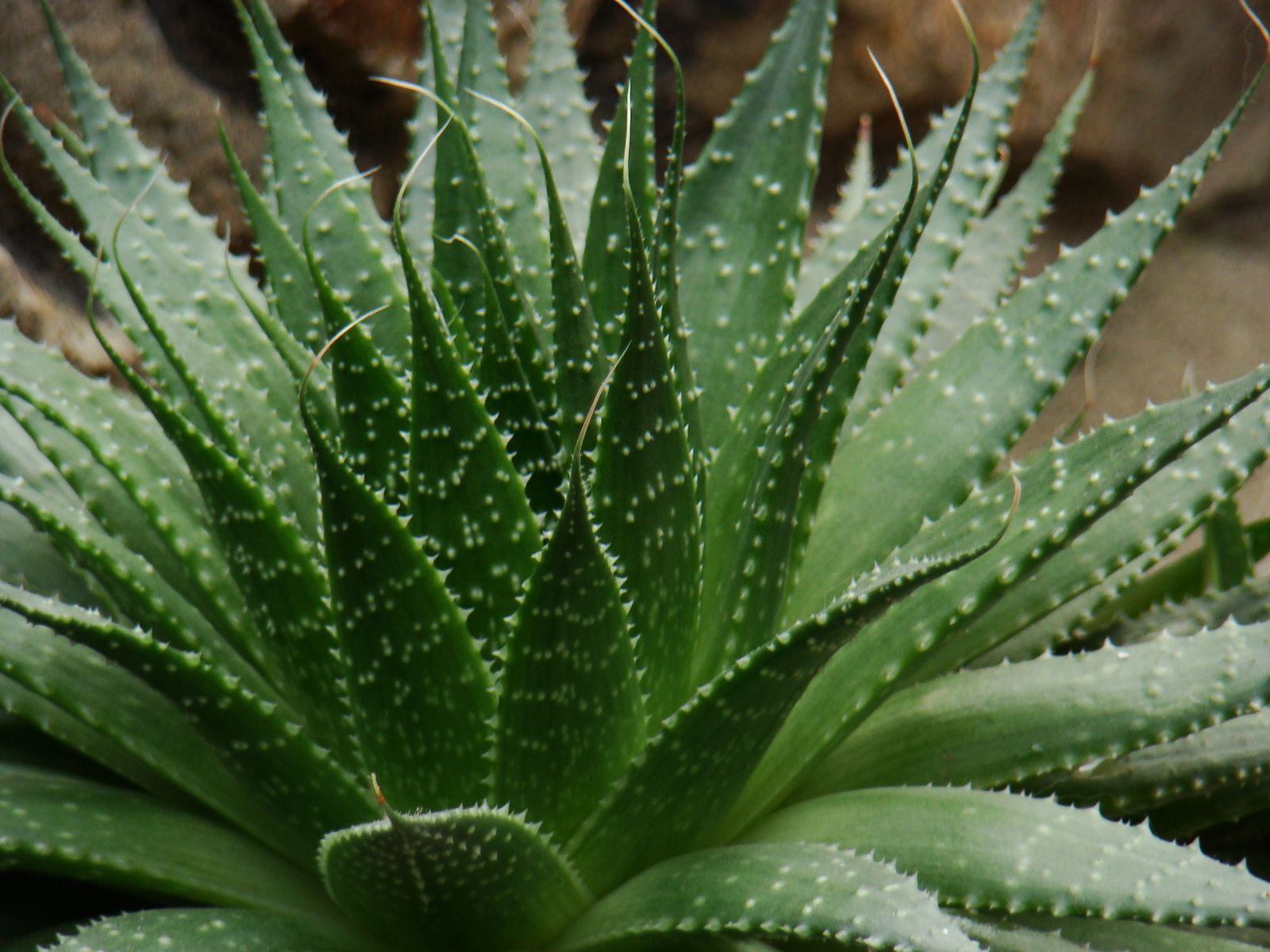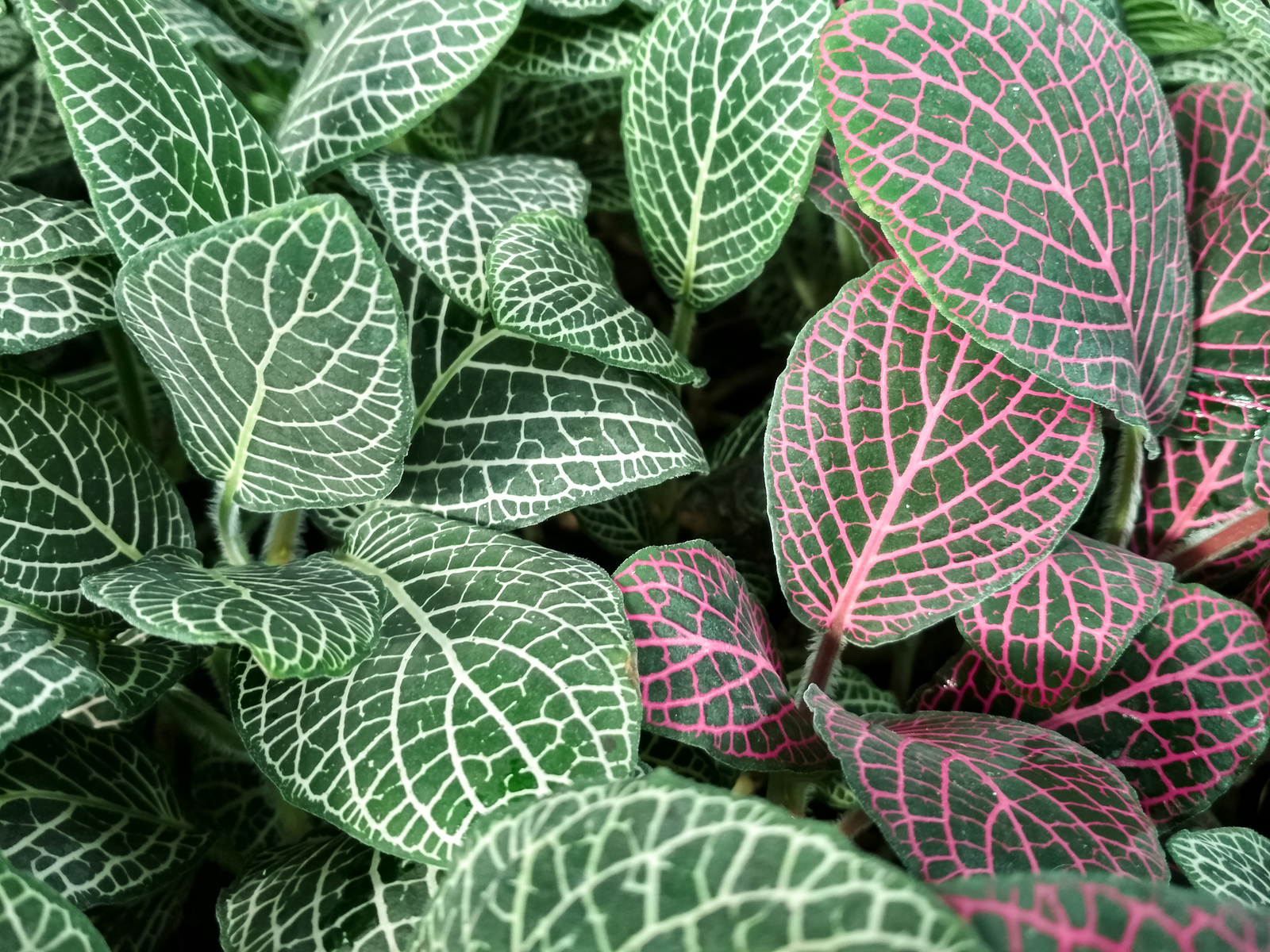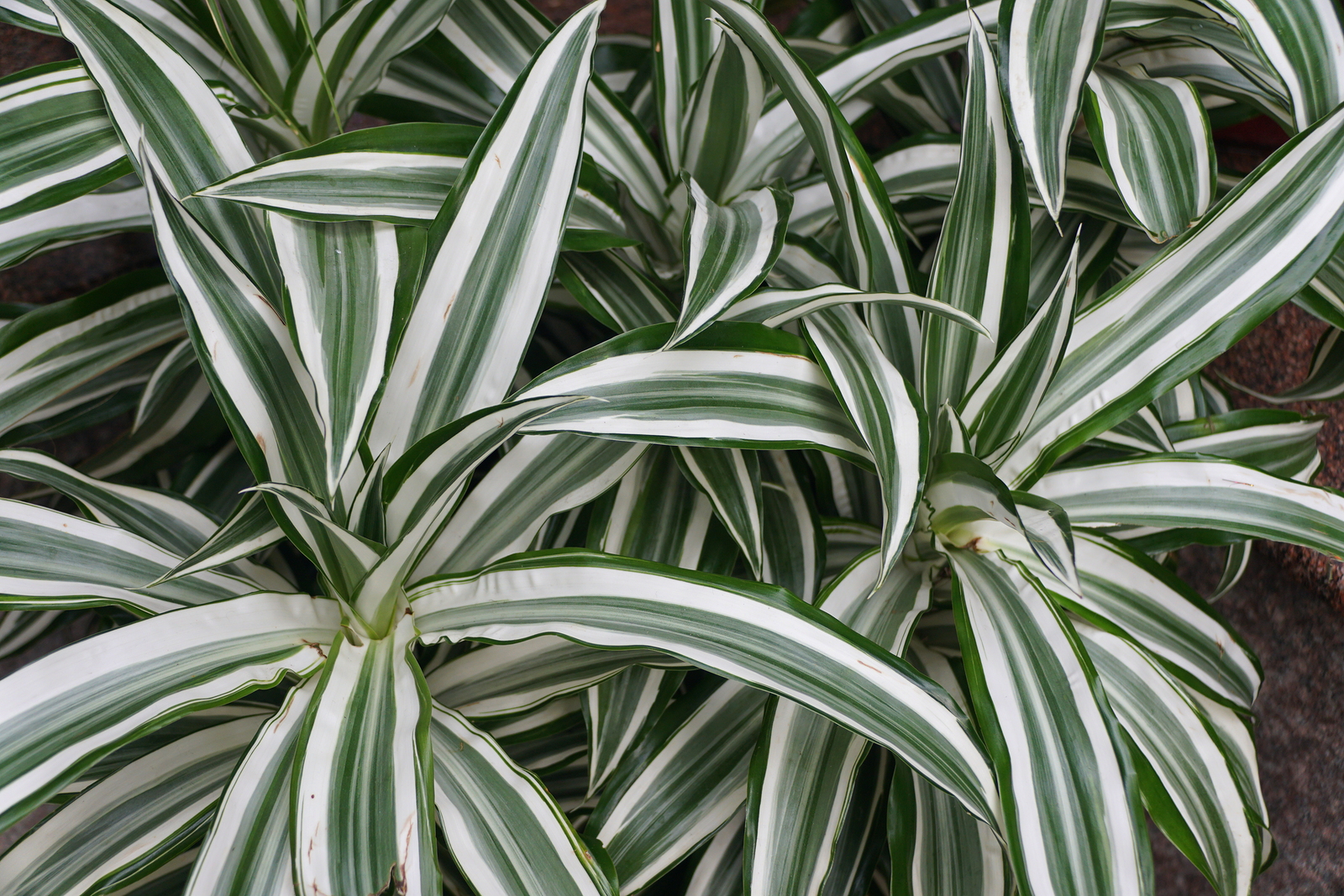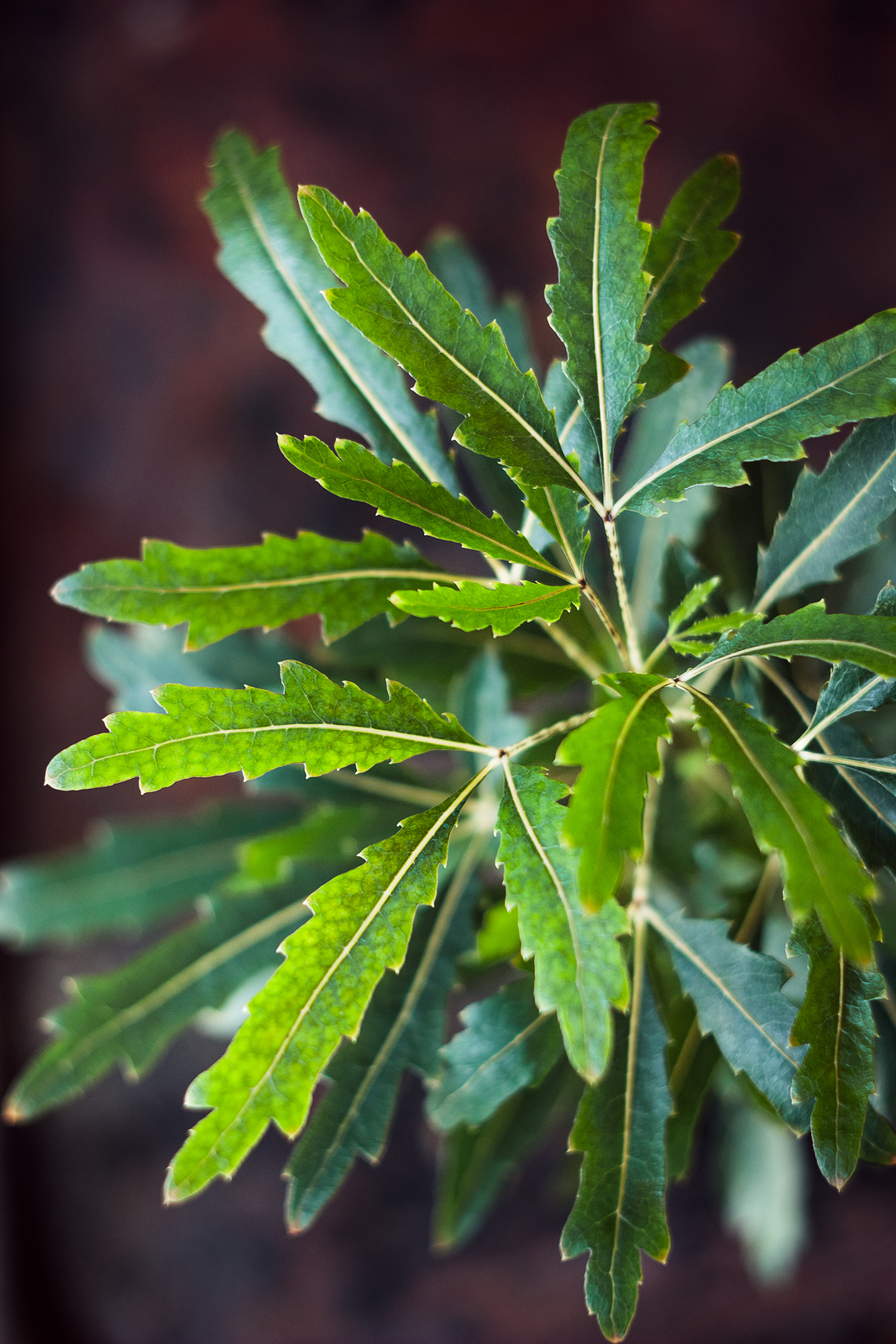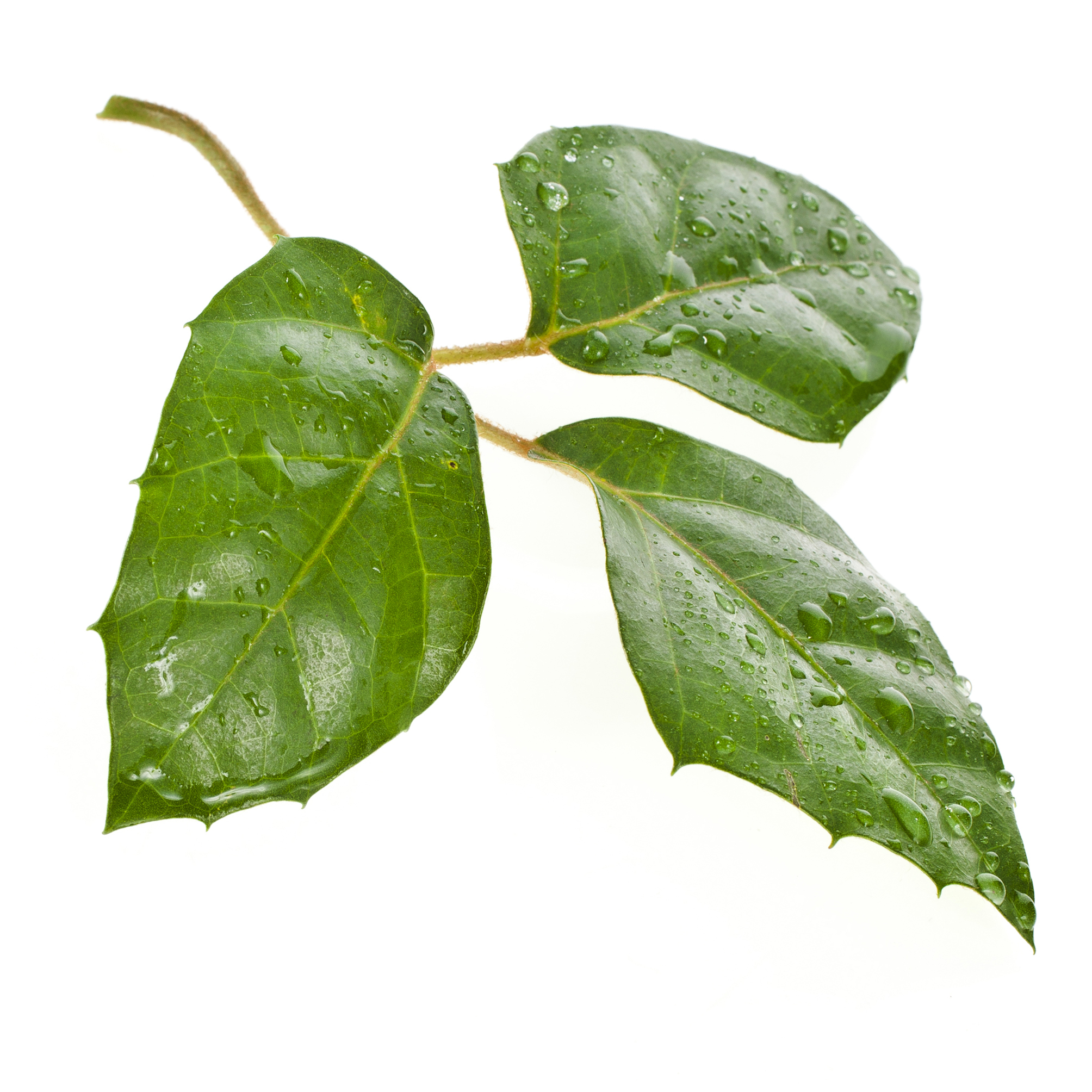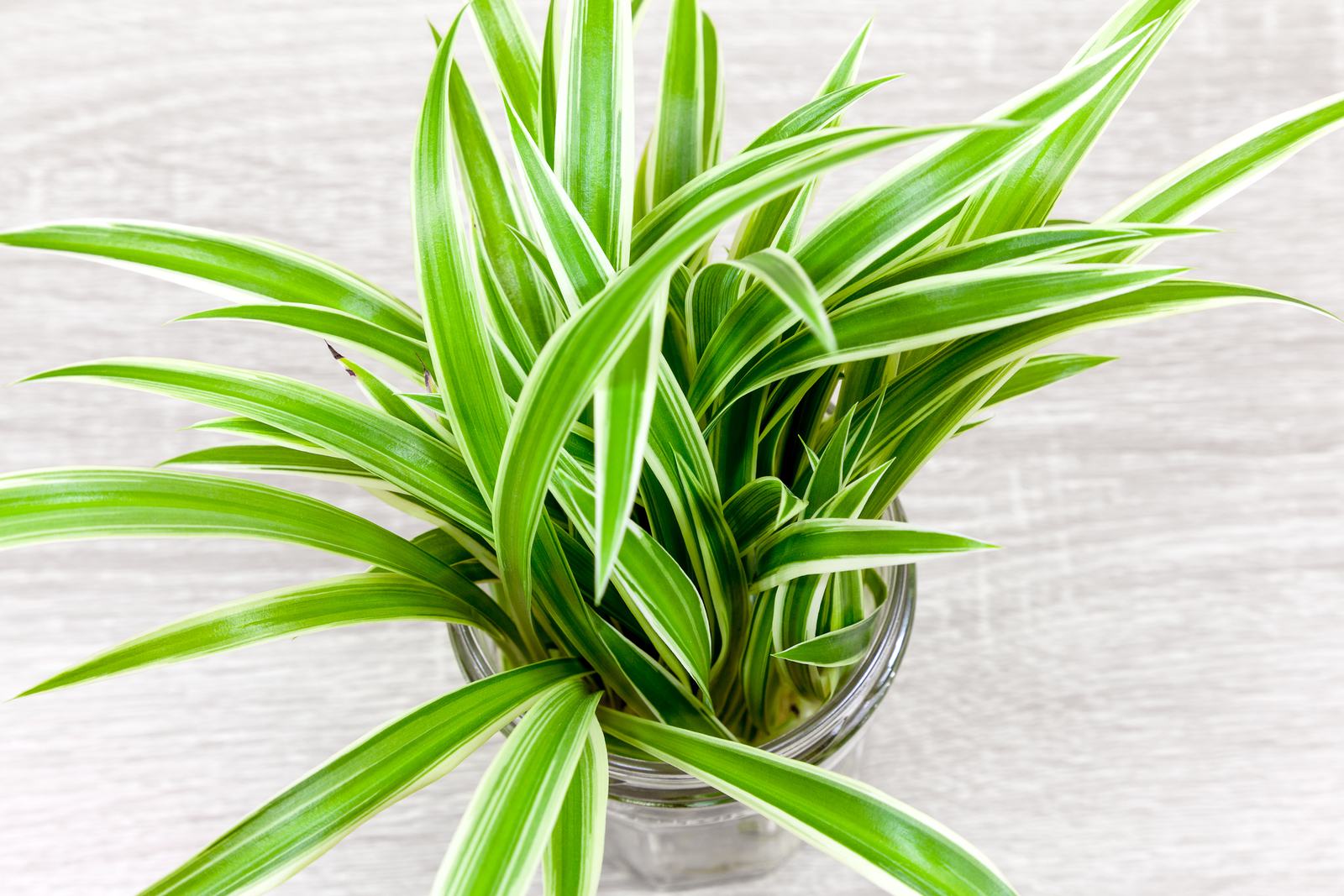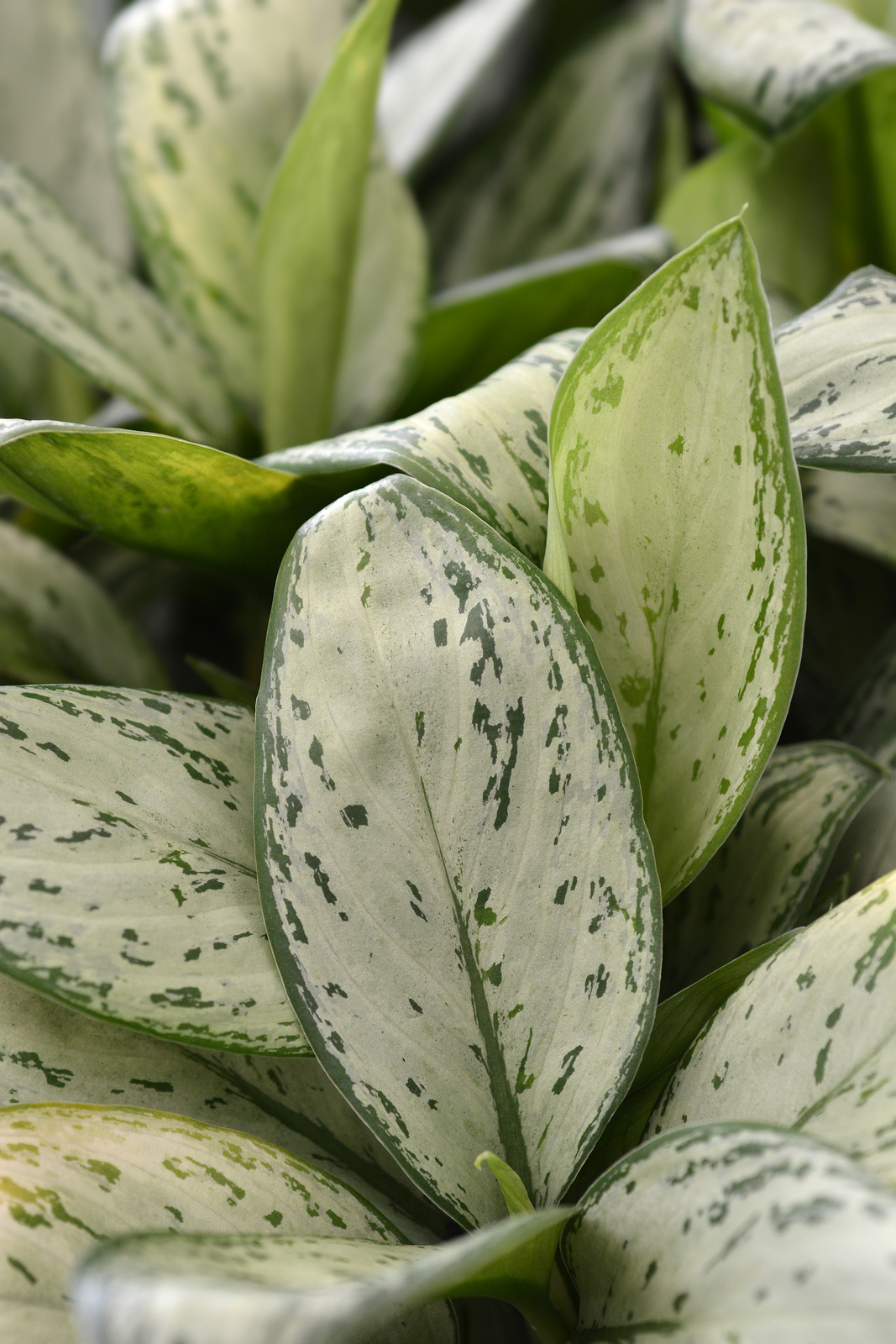How to Grow Haworthia
Haworthias are small, easy-to-grow plants. They form a spiky rosette of upright, spotted, or striped, succulent leaves. Haworthia grows in matlike groups. Their distinctive foliage shapes and patterning make them delightful additions to a window garden. HHowarthias bear small, tubular to funnel-shaped white flowers in loose racemes Haworthia is a genus of about 160 species […] More

